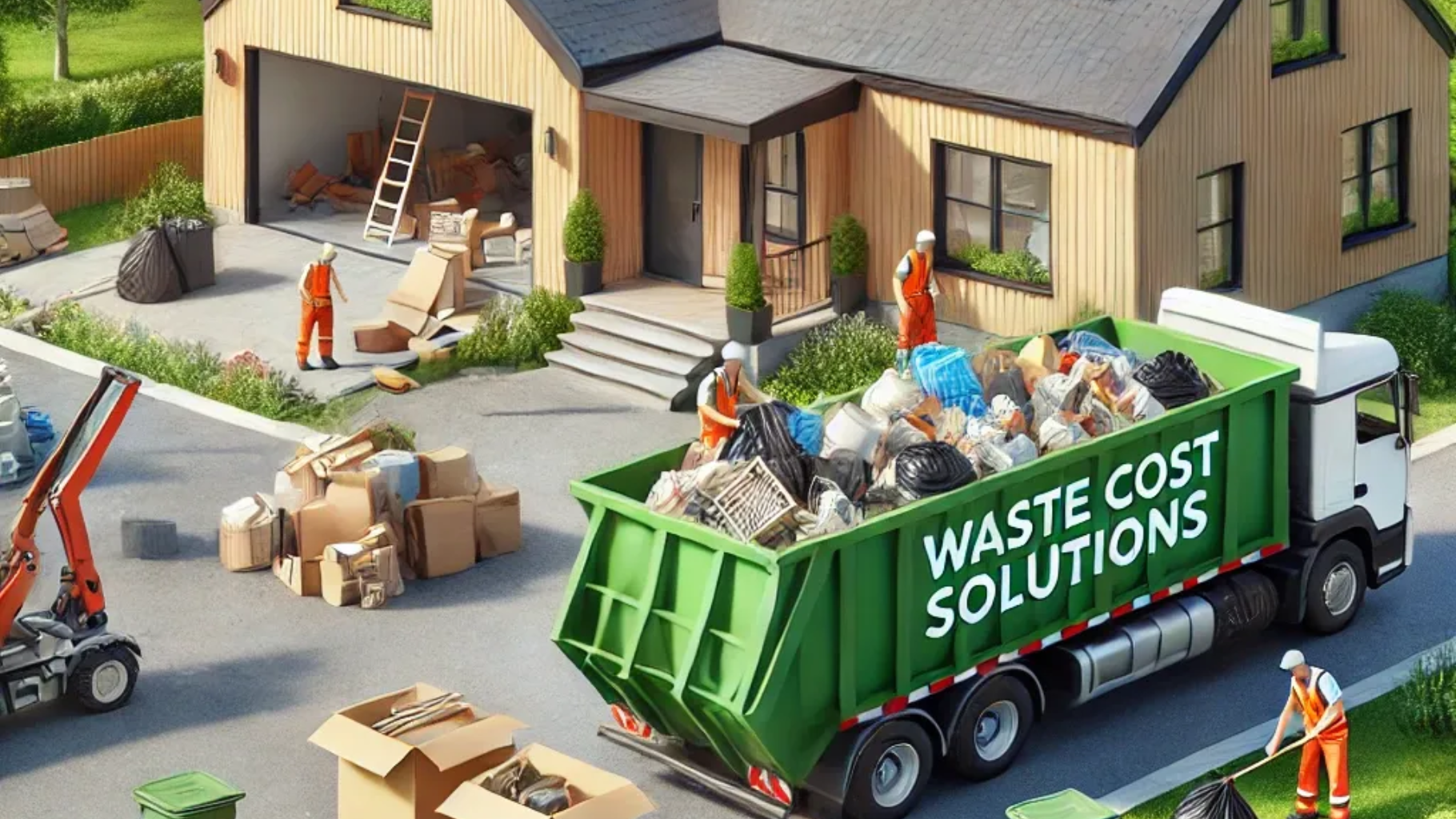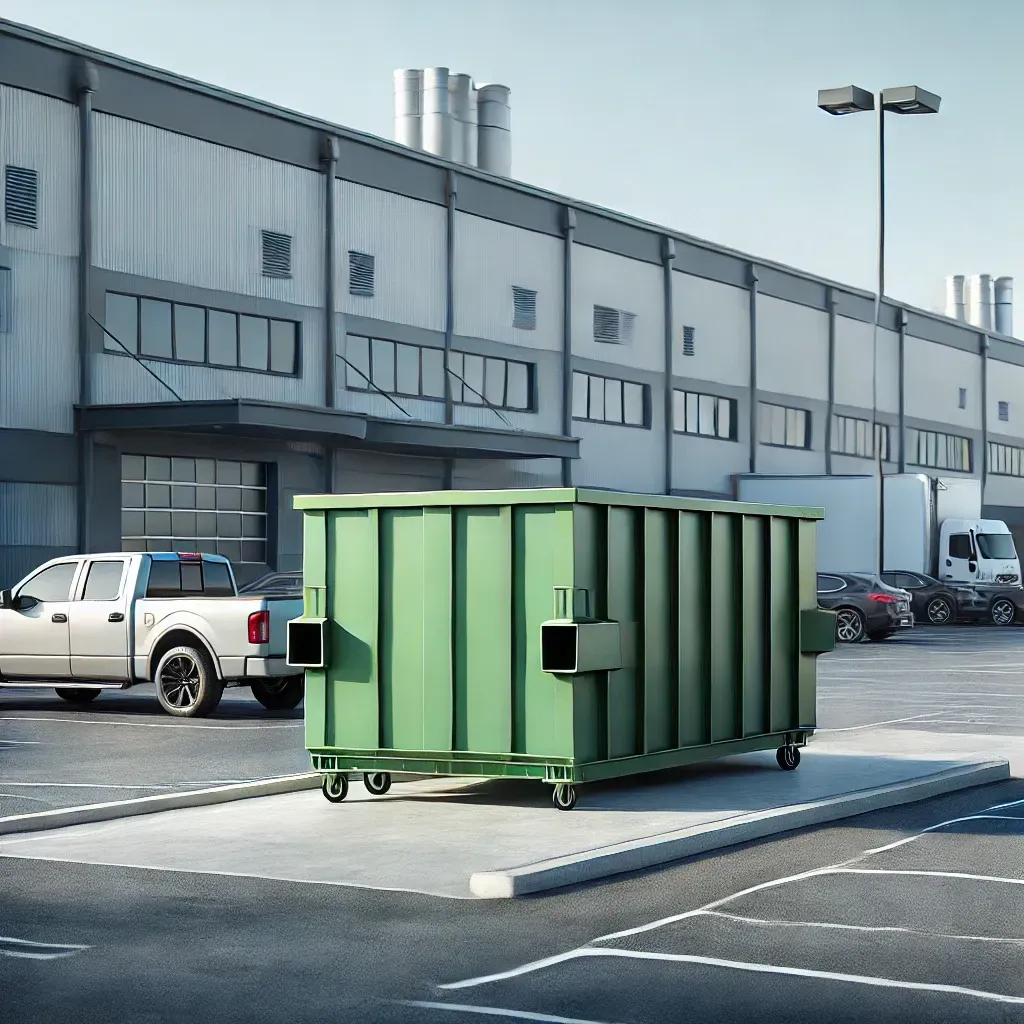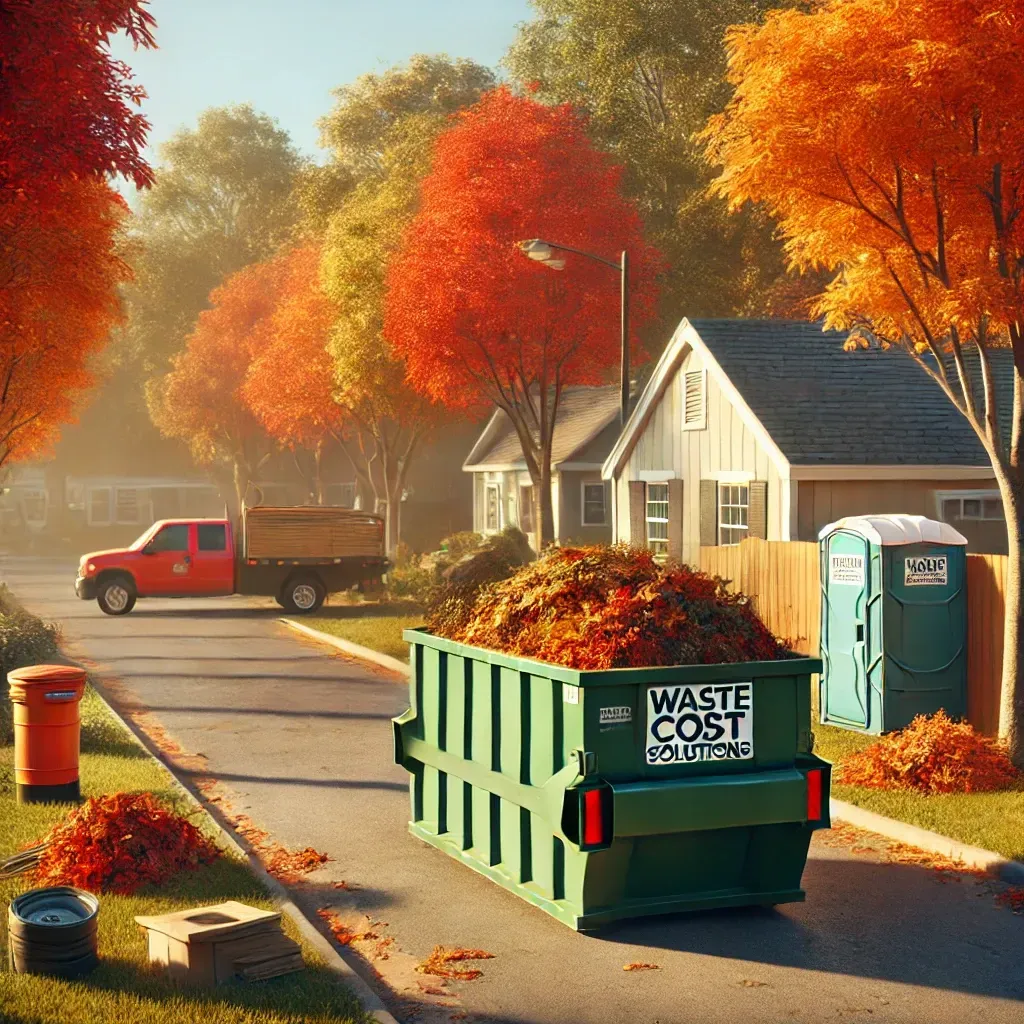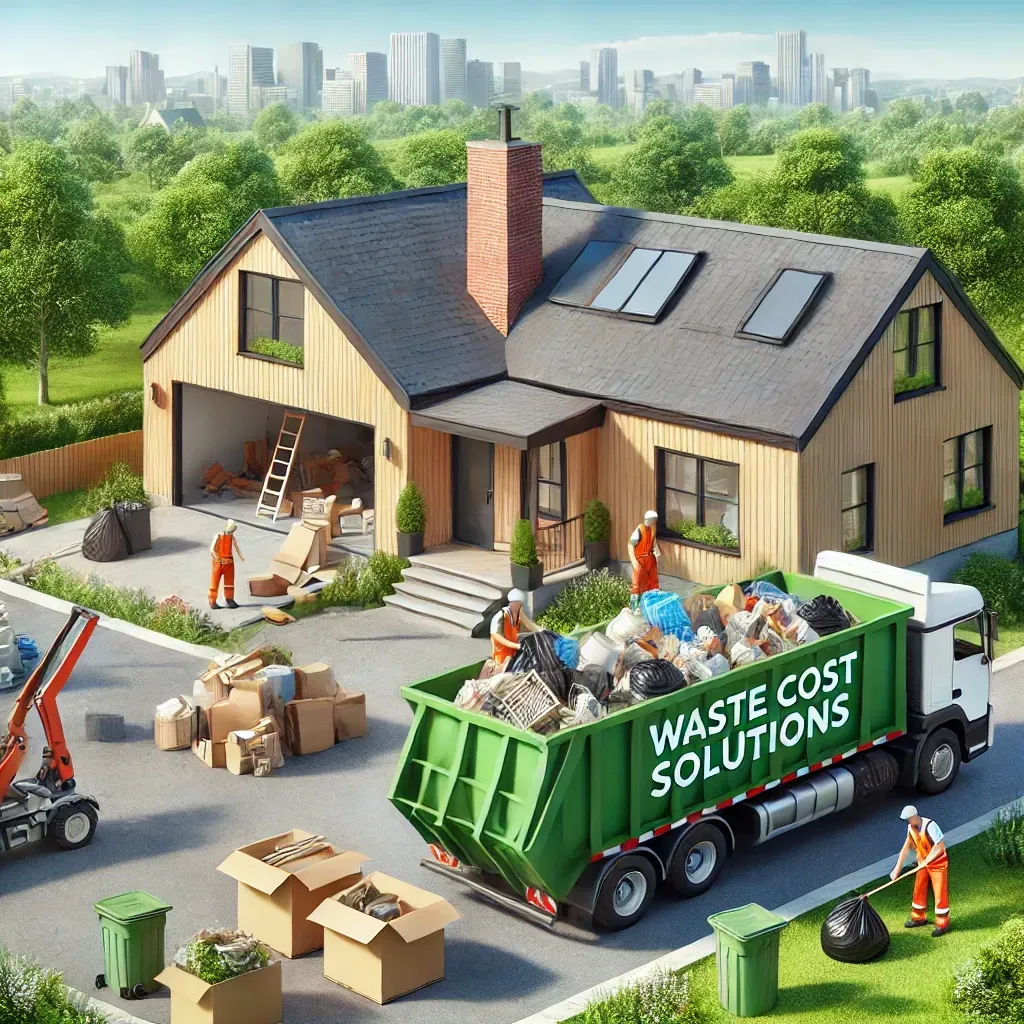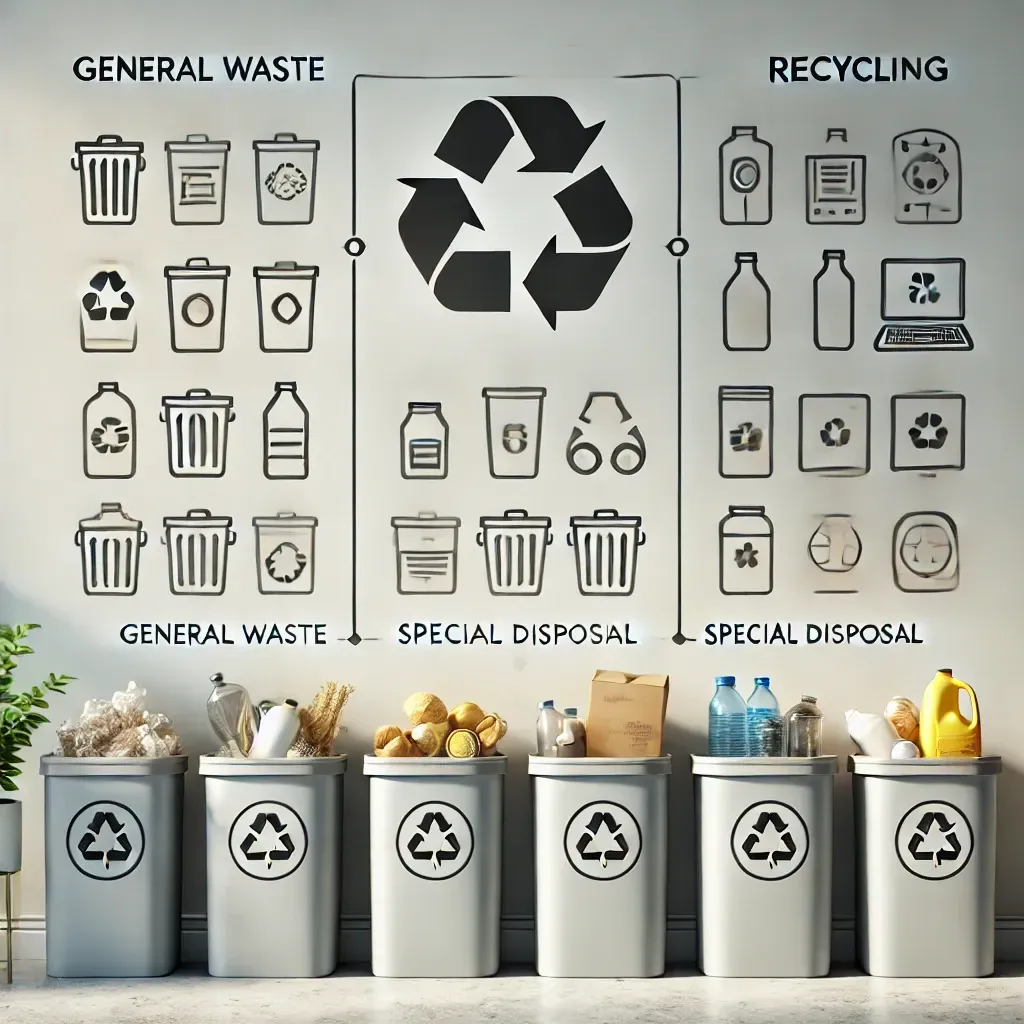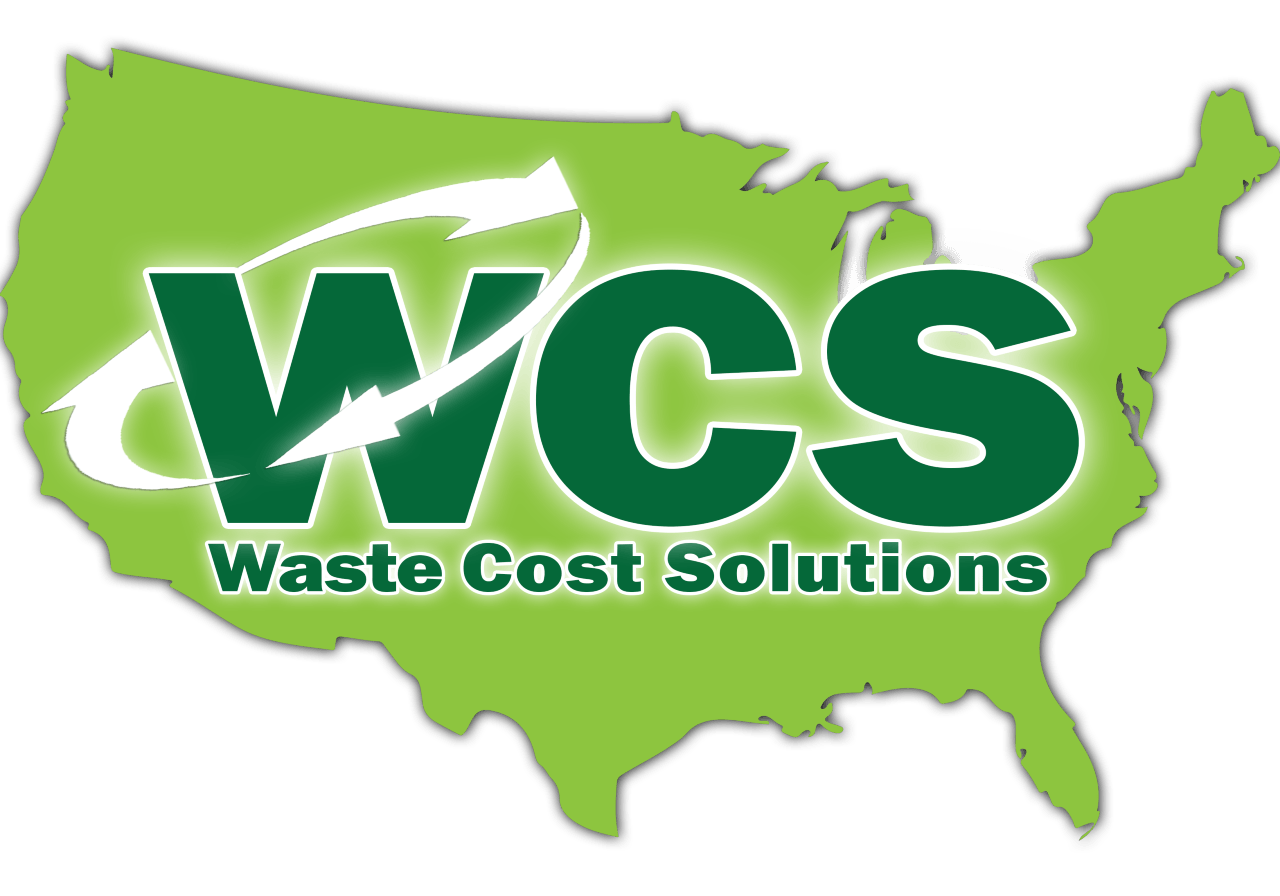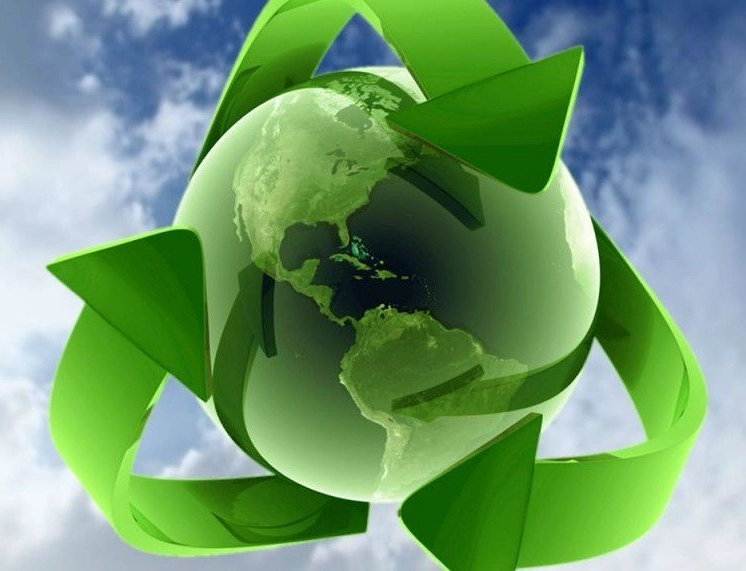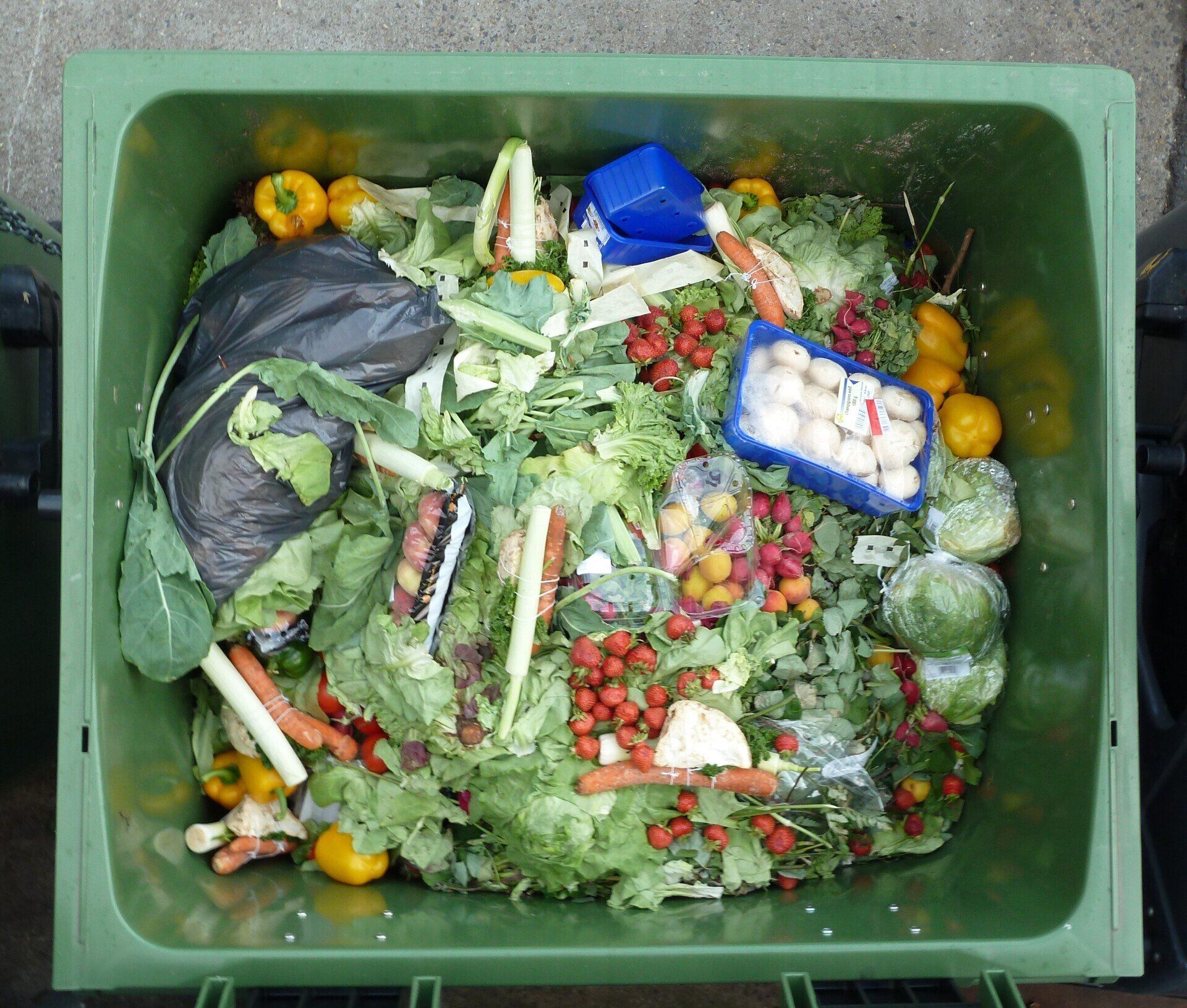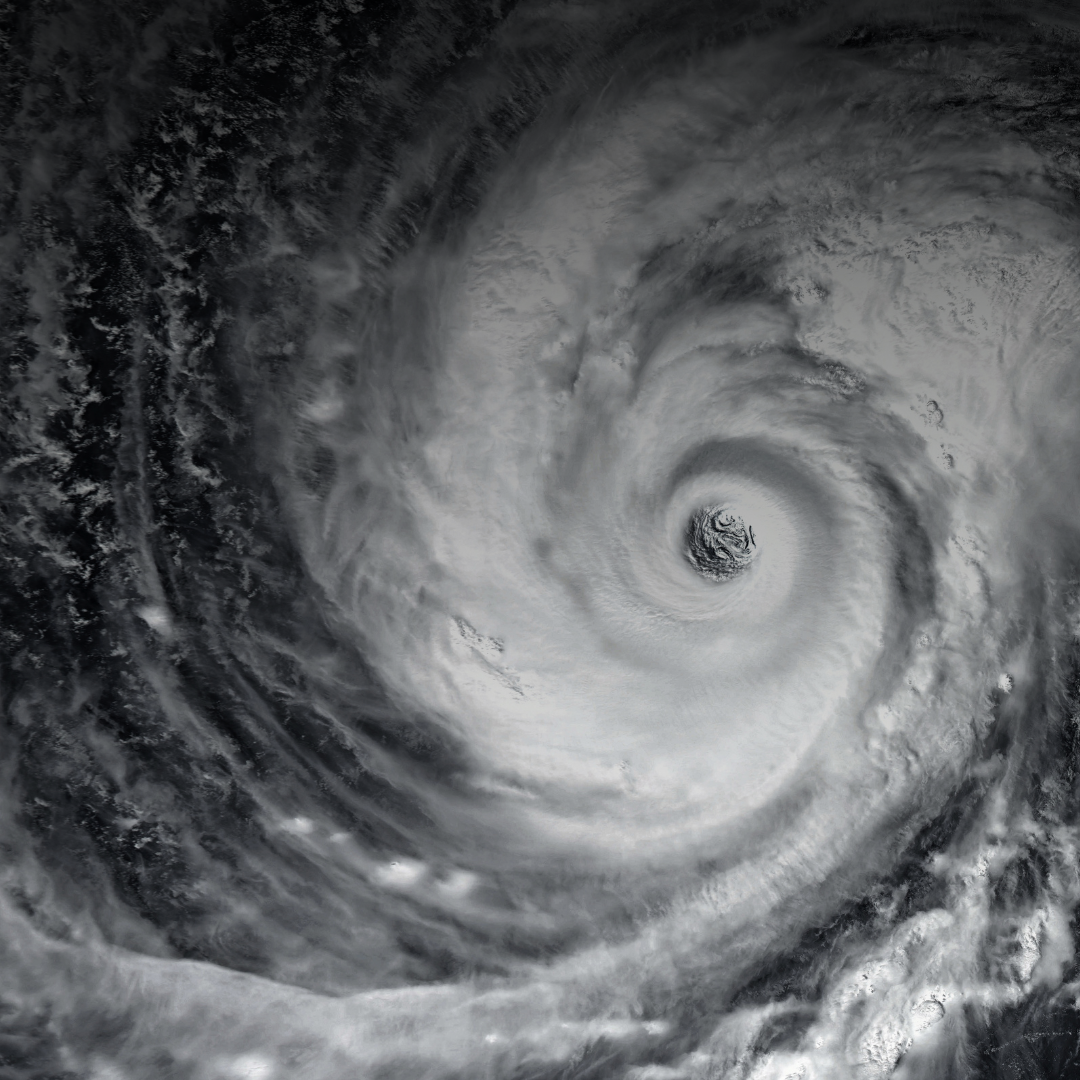Plastic Contaminants In Food Waste: A Mounting Issue Across The Nation And Around The Globe…
Food waste continues to remain a growing environment and economic concern across the nation and around the globe. In 2015 the U.S. Agricultural Department and the U.S. Environmental Protection Agency recognized the importance of reducing food waste and jointly announced the U.S. Food Loss and Waste Reduction Goal to reduce domestic food waste in half by 2030.The EPA encourages the displacement of food waste from landfills, moving food waste to composting and anaerobic digestion facilities, where the waste could be transformed into energy, nutrients or other forms of non-toxic matter. The goal is too ultimately to reduce methane emission gases throughout the environment, which the disposal of food waste in landfills is a current culprit of across the nation.
There however is one major obstacle standing in the way of achieving the environmental benefits of diverting food waste from landfills and that is plastic contamination in food waste. Food packaging and containers from residential, commercial and institutional sources is a leading source of microplastic particles currently found in food waste streams. In comparison to other waste streams, such as yard waste, plastic contamination is considerably higher in food waste than in other organic wastes.
The primary source of plastic contamination in food waste streams collected for processing at compost and anaerobic digestion facilities appears to be food packaging and containers, most likely from residential, commercial, and institutional sources. Food itself is also a source of microplastic particles. The level of plastic contamination present in food waste streams is not well characterized in the scientific literature. A recent analysis found approximately 300,000 pieces of microplastics per kilogram of food waste collected from grocery stores in the United States. In addition, limited data from Washington State and Oregon reports plastic contamination rates up to 2.8 percent (by weight) in mixed waste streams including food waste that were destined for composting or anaerobic digestion. Plastic contamination rates in purely food waste streams may be higher. Available evidence indicates plastic contamination levels in food waste streams may be higher than that of other organics waste streams, such as yard waste
Education and outreach tagging programs are two methods currently being employed to prevent plastic contamination in food waste streams. Processing facilities are also using methods of their own to remove plastic from food waste, including screening, de-packaging and manual picking. More sophisticated filtering systems are being developed to filter plastics, cardboard and aluminum from food waste. A renewal energy facility in Wellesley, Massachusetts is currently using this method to turn food waste into renewable energy. Interestingly, the facility also recycles the plastic, aluminum, glass and cardboard properties found in food packaging as well. This results in a “win-win” situation for the food waste dilemma.
At Waste Cost Solutions we understand the importance of food waste management. Our expert facilities team is here to assist you with solutions to this issue. Whether you need assistance with food waste or pressure washing your outside exterior, Waste Cost Solutions is here to help you every step of the way. Contact us at 809-509-5399 or email us at accounting@WasteCostSolutions.com
